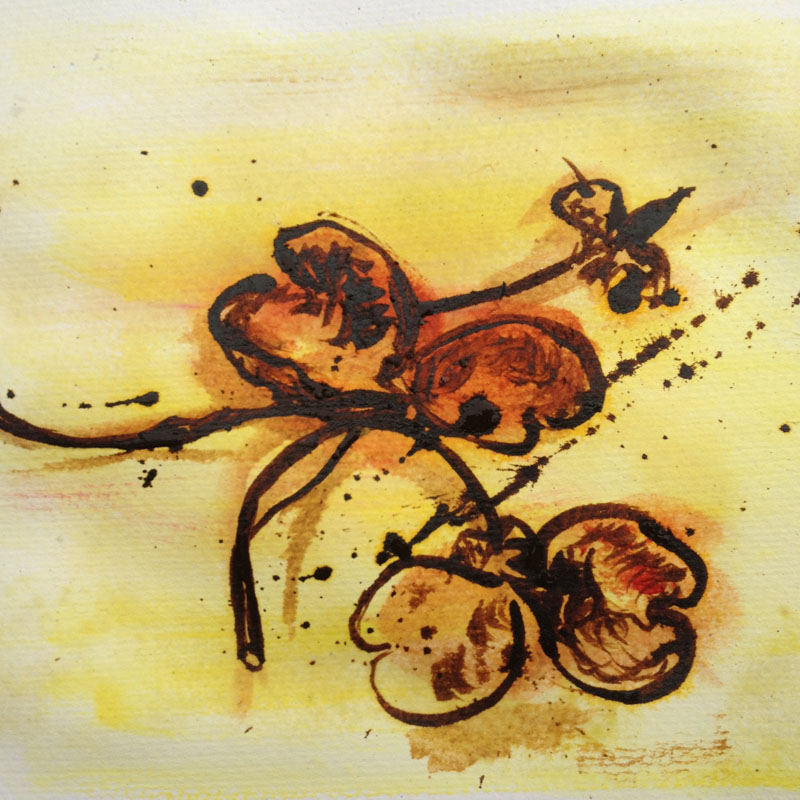In his essay – How To Resist A State Of Forgetfulness – John Berger speculates on the activity of drawing as a form of representative text for a form of language that cannot otherwise be represented, and certainly not spoken. He embarks upon the activity not as an aesthete but as one who is seeking, in the midst of the activity itself, a message.
Set against the political, cultural and financial impotence of those who would take issue with the current world order – as represented by global speculative capitalist supremacy, enforced migrations of demeaned and oppressed populations, and the rubbing out of temporal narrative in the ever present, ever renewing, information saturated content deluge of the present – Berger’s focus on the natural form assumes a stance comprising hope and patience. Symmetry exists alongside chaos, and the ingenuity of nature’s will to live, to be, will stubbornly stand in the face of adversity. The hope and the patience relate, perhaps, to this form of text, this intuitive articulation of an unspeakable language bridging the divide until such time as we can fully articulate and share the form of language and expression that can halt the current direction of travel.
Remaining inarticulate in a foreign language is, in this case, an act of resistance. But becomes so only when one’s voice is articulate – fiercely so – in another language. A language of opposition, concealment. Resistance.
I have over time, intuitively, submerged myself in a compositional process in which the activities of hill walking and watercolour sketching have comprised not so much a text but a score – albeit a form of notation that I am incapable of reading, although with the assistance of electronically eroding field recordings I can achieve an approximation of inferring a range of intent in the activity and the evidence. I, therefore, read Berger’s essay with a shock of recognition. It gives me a sense of satisfaction to assert further my releases of the last few years into the context of acts of resistance.
This is the language of resistance, and whilst global and social media, and the devalued currency of the written word, afford so little ground on which to gain a solid footing, this is the only recourse of action; botanical drawings as texts, landscapes as scores, music as resistance.
The most challenging aspect to this, of course, may be the issue of translation. This is particularly true should I choose to evolve from the relative comfort of an intuitive, solitary process of drifting from pen to piano to page, with my mind creasing like an unmade bed, to find some way of iterating the interior dialogue with others.
What is the nature of the forum by which the terms of revolt become known? I suspect the clues are, for me, in the chamber musicians rehearsal spaces, and in the struggle to decipher the scribbles caught in a tangle of staves.
What might I bring to the table?
Well, I shall draw flowers in the midst of winter. Small, hardy, bedraggled and torn flowers. And I shall build Aeolian harps to articulate the wind through old wood and fishing line. As an act of resistance, as a revolt, it may seem limited. But I am not the translator. Not yet. This is simply my winter manifesto, which I publish here, and will watch blow away with the leaves.

